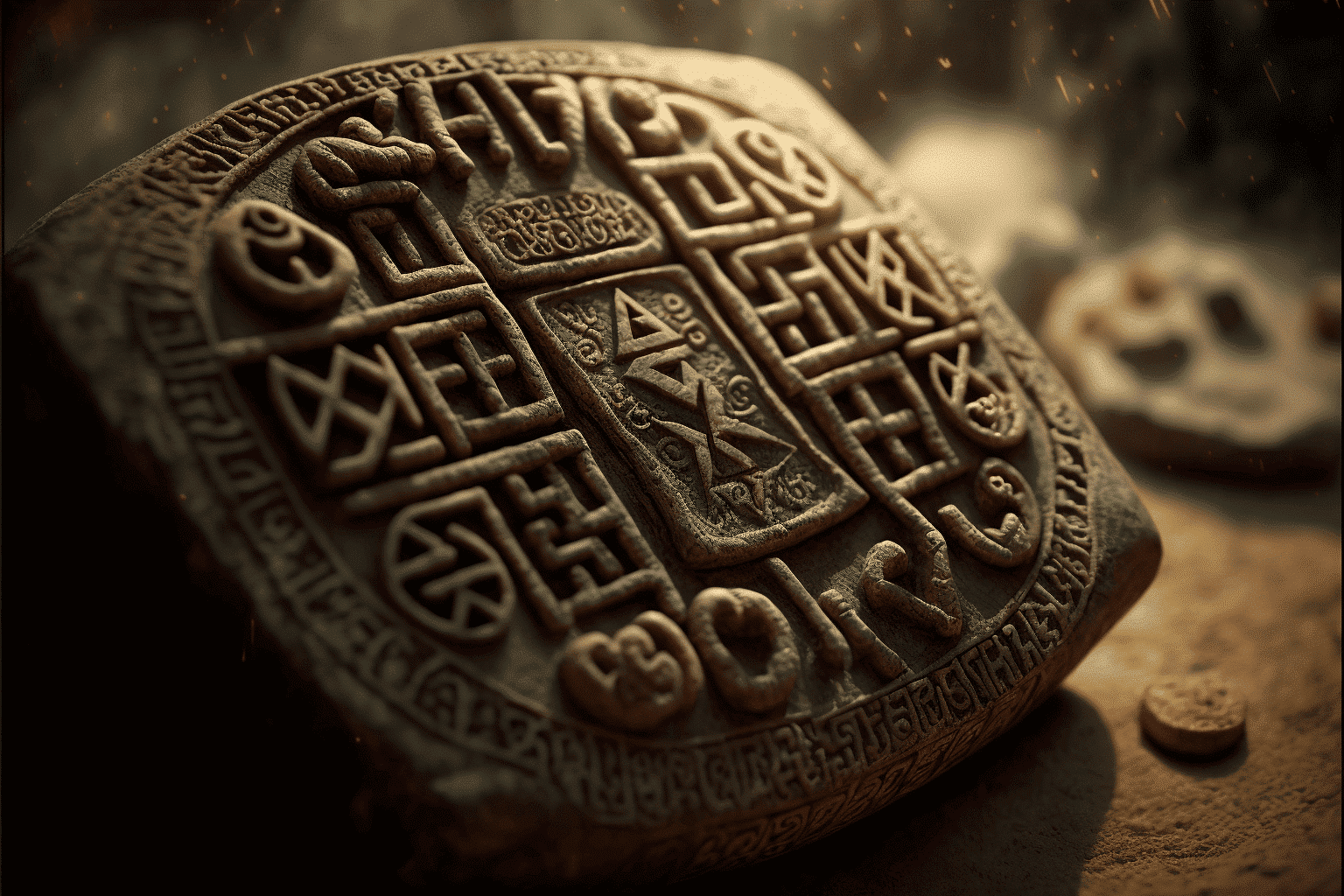Archaeologists in Norway have made a groundbreaking discovery of the world’s oldest dated runestone, which features runic inscriptions dating back to as far as 2,000 years ago.
The stone, named “Svingerudsteinen” or “the Svingerud Stone” after the site it was found, was discovered in a burial ground in the municipality of Hole in eastern Norway in the fall of 2021.
This discovery provides the first concrete evidence of the existence of rune stones in Scandinavia during the first centuries AD and has the potential to change our understanding of the history of runic writing.
Archaeologists from the University of Oslo’s Museum of Cultural History have uncovered the oldest known runestone, dated to between 1 and 250 AD, in a burial ground in Hole, Norway.
The stone, named “Svingerudsteinen,” features runic inscriptions and was discovered alongside burnt bones and charcoal from a cremation pit.
The reddish-brown sandstone boulder measures approximately one foot in height and width.
“This is a sensational discovery that my colleagues and I are thrilled about at the Museum of Cultural History.
It has the potential to change our understanding of the history of runic writing,” said Kristel Zilmer, a runologist and Professor of Written Culture and Iconography at the museum, in an email to CNN.
Zilmer was responsible for interpreting the inscriptions on the stone, while the age of the stone was determined by radiocarbon dating samples from the grave where it was discovered.
“This discovery provides the first concrete evidence of the existence of rune stones in Scandinavia during the first centuries AD,” said Zilmer.
“Thanks to the ability to radiocarbon date the grave in which the stone was found, we were able to accurately determine its age.”
Language of the ancients
Runes are the oldest known form of writing in Scandinavia and were widely used from the start of the Common Era (CE) until the late Middle Ages.
The University of Oslo’s Museum of Cultural History states that the alphabet was used throughout the Viking Age. Although several thousand runestones from the Viking Age were found in Scandinavia, there needs to be more evidence of the use of runes from earlier times.
In Norway, only around 30 runestones are believed to date back to before 550 AD, with Svingerudsteinen being the only one found by archaeologists that date back to before 300 AD. It features the first three letters of the runic alphabet – “f,” “u,” and “th” – on one of its sides.
“Runestones with runes from the older futhark (the runic alphabet) are rarely found in dateable archaeological contexts, making this discovery a unique opportunity to gain new knowledge about runes,” said Steinar Solheim, archaeologist and excavation manager at the Museum of Cultural History in an interview with CNN.
The discovery means that the tradition of rune stones is older than previously assumed, possibly by a few hundred years, and raises questions about what else needs to be known about the use of runic writing in early Iron Age Scandinavian society, according to Zilmer.
Ideberug: who is he?
The “Svingerudstone” has a unique appearance, featuring a mixture of thinly incised shallow runes, rune-like characters and other visual motifs.
Some inscriptions are zigzag-shaped, while others form a grid pattern. On the front face of the stone, there are eight runes spelling “idiberug” when converted into Roman letters.
Zilmer suggests that this could be the name of a woman named “Idibera,” a reference to a kin group named “Idiberung,” or it could say “for Idibera.”
The museum stated that interpreting the messages on the stone is challenging due to the variations in writing style and language changes over time, and further research is needed.
Zilmer and a team of scholars are working on a joint academic publication set to be released this year, featuring their main findings. The runestone will be on display at the museum from January 21st to February 26th.
The discovery of the “Svingerudsteinen” runestone is a significant find for researchers and archaeologists studying the history of runic writing.
The stone dates back to between 1 and 250 AD and is the oldest known runestone and provides the first concrete evidence of the existence of rune stones in Scandinavia during the first centuries AD.
The scholars are working on a joint academic publication presenting their main findings. The runestone will be on display at the Museum of Cultural History for a limited time, giving visitors the opportunity to witness this historic discovery firsthand.




